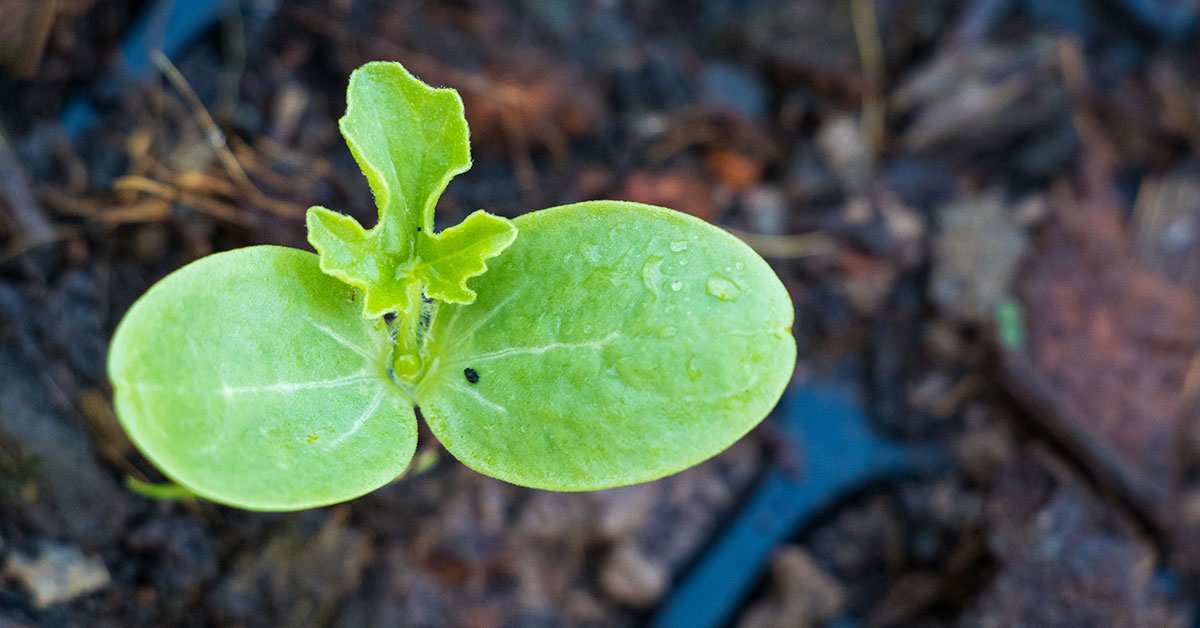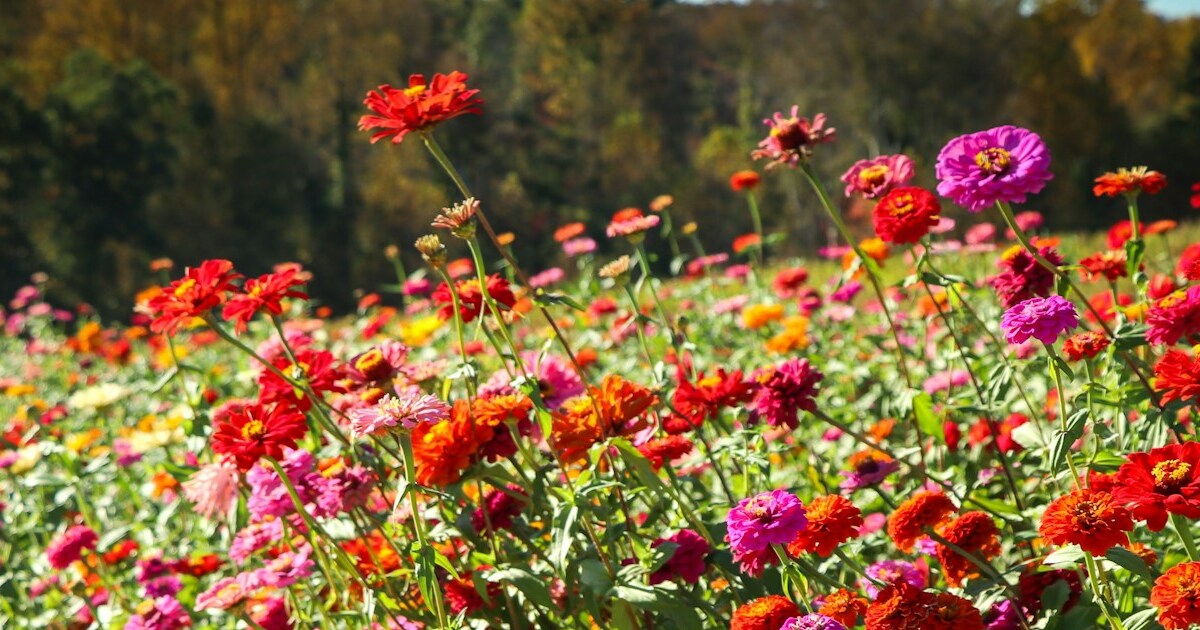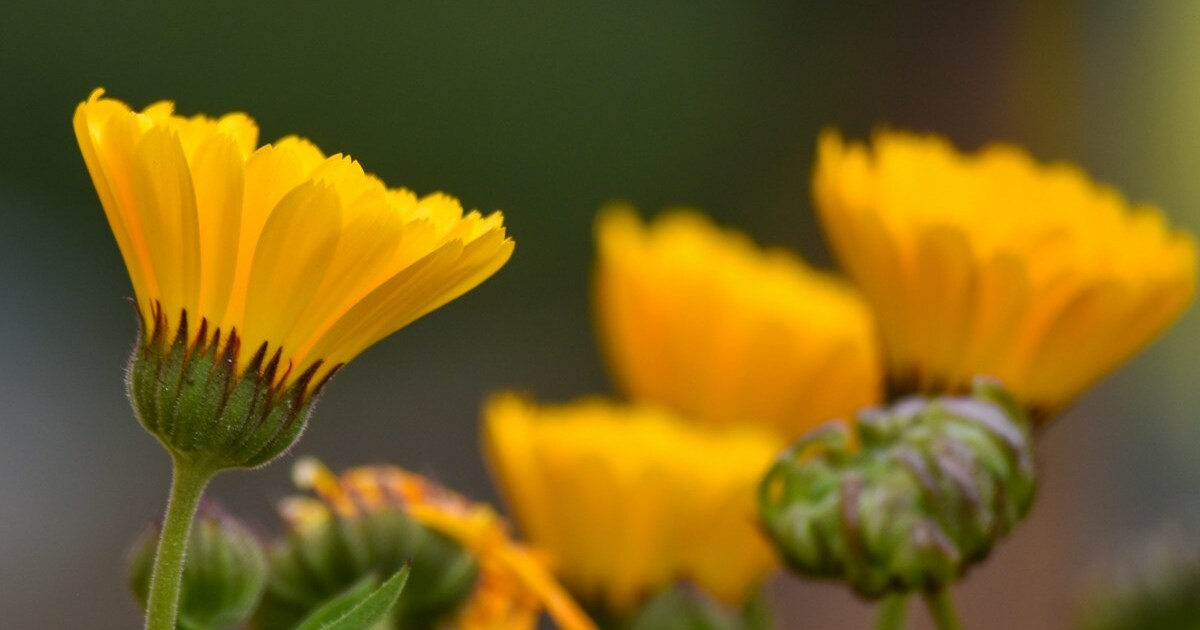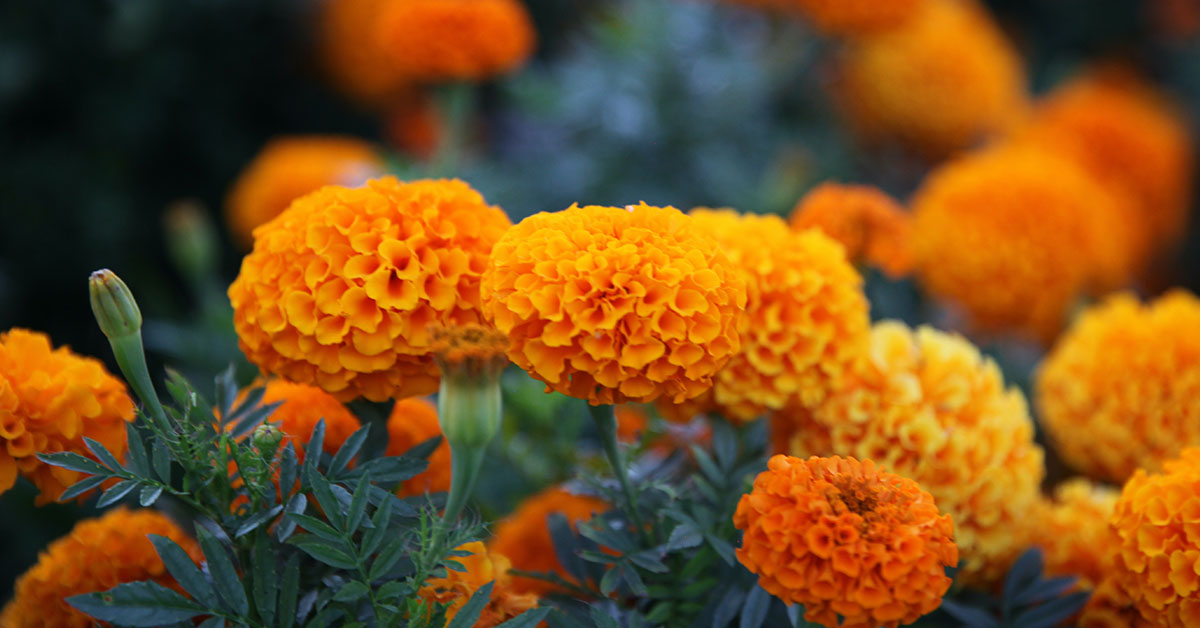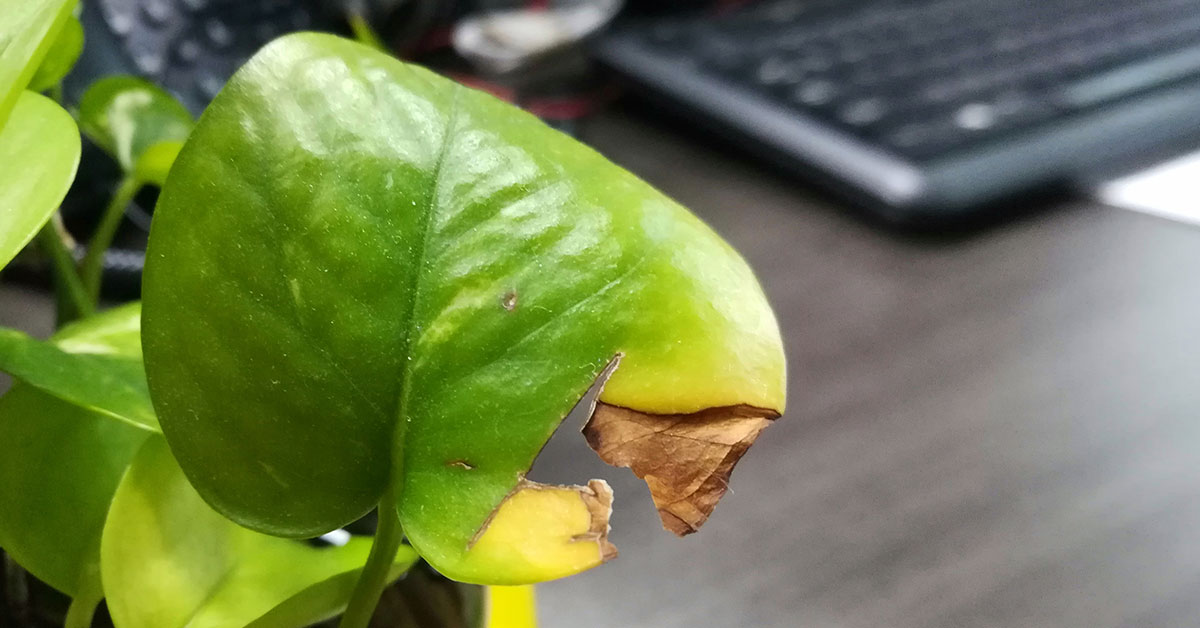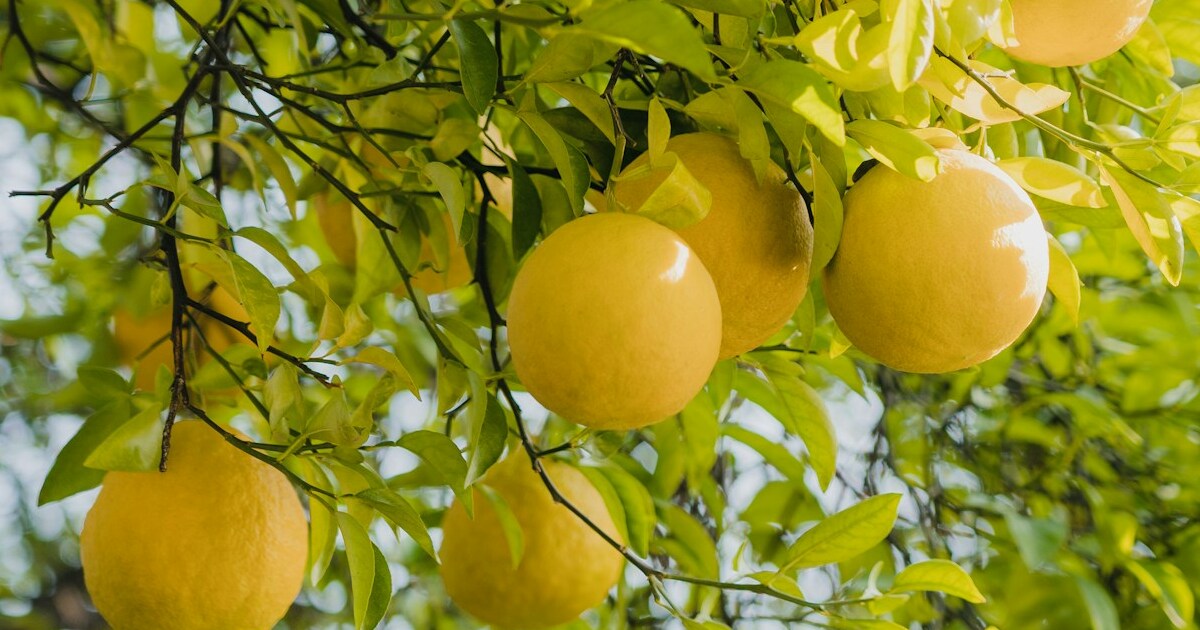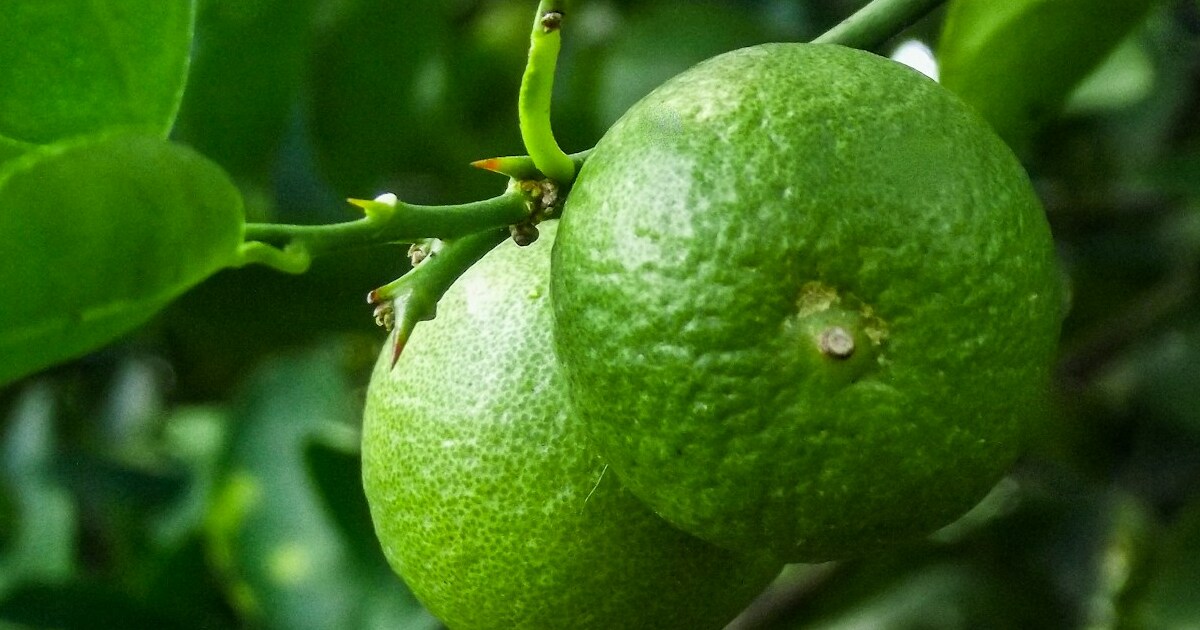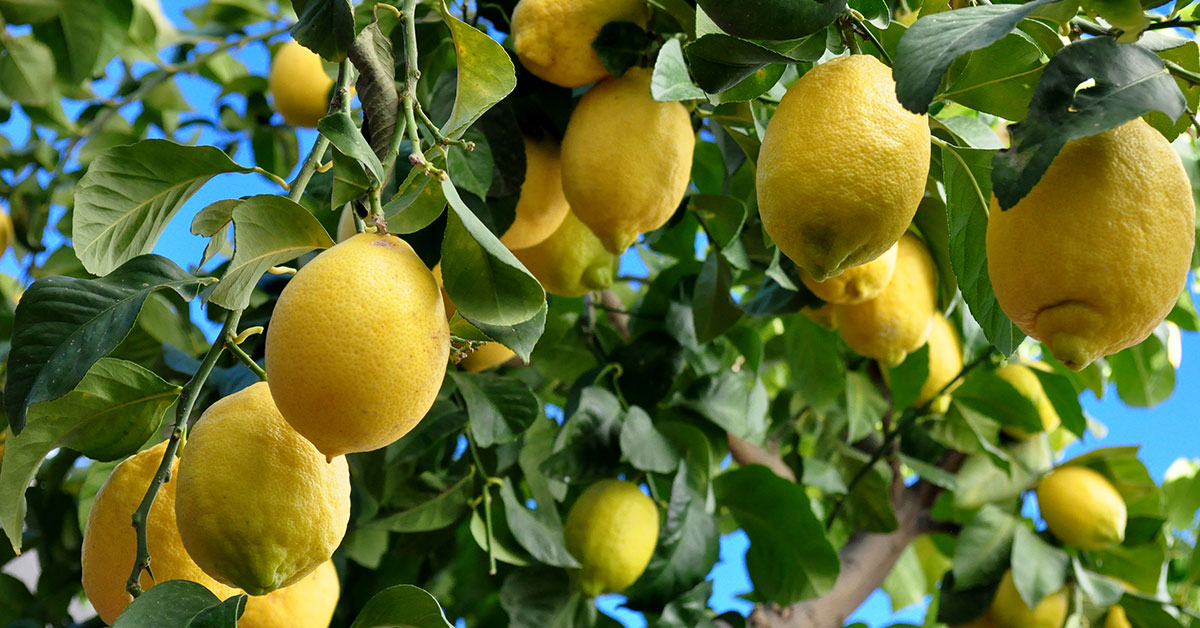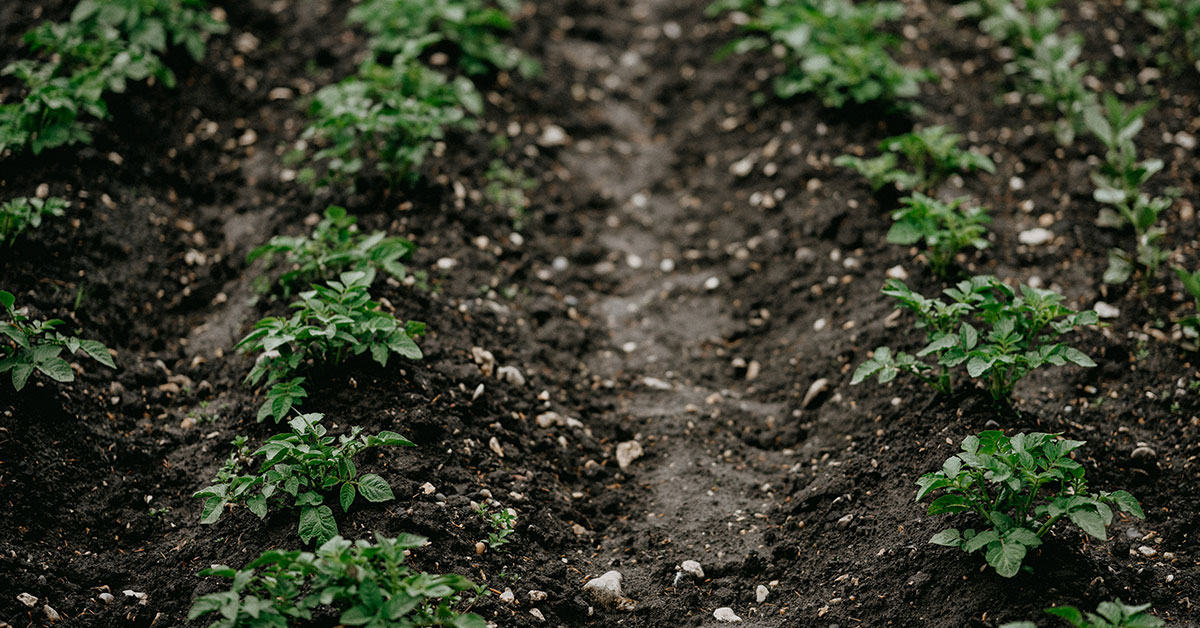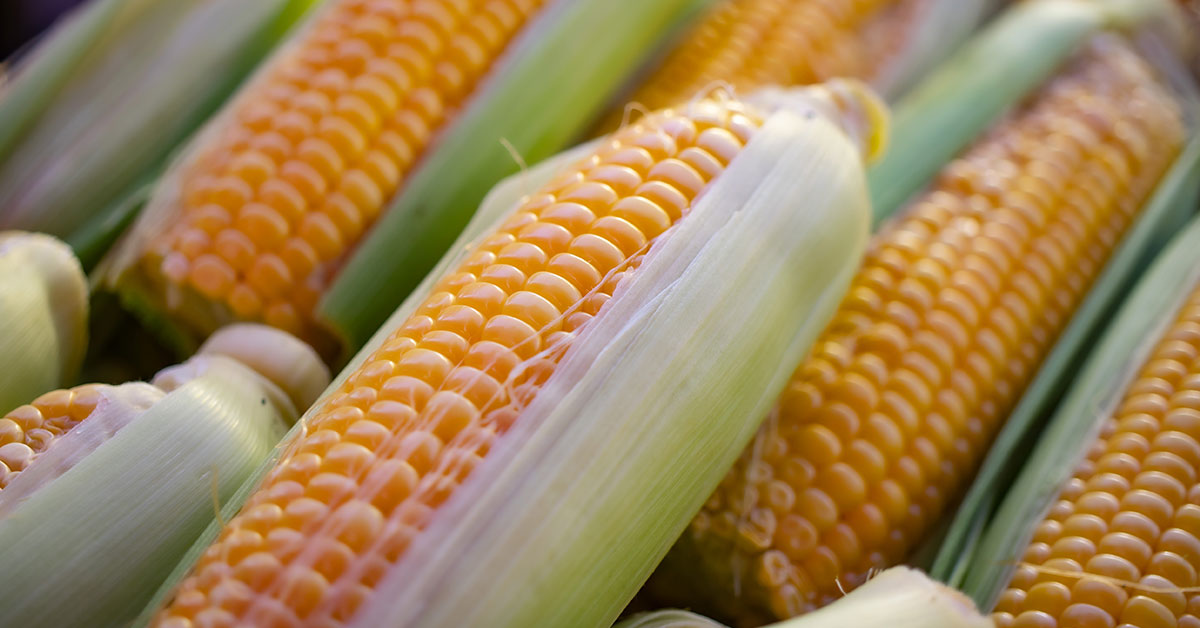Welcome to the world of watermelon cultivation in Zone 4! Growing watermelon in colder climates can be a challenging yet rewarding experience. Zone 4, characterized by its short growing season and cold winters, requires careful planning and consideration when it comes to planting watermelon. In this article, we will explore the optimal timing for planting watermelon in Zone 4, taking into account the frost dates, soil temperature, and other factors that influence the success of your watermelon crop.
Whether you are a seasoned gardener or a beginner, this guide will provide you with the knowledge and tips you need to maximize your chances of growing delicious and juicy watermelons in Zone 4. So, let’s dive in and discover the secrets to a successful watermelon harvest in colder climates!
Best varieties of watermelon to grow in Zone 4
In Zone 4, where the climate is cooler with shorter growing seasons, it is important to choose watermelon varieties that have a shorter maturity period and are more cold-tolerant. Here are a few watermelon varieties that tend to perform well in Zone 4:
- ‘Sugar Baby’: This is a popular variety known for its small size and early maturity. It typically takes around 75 days to reach maturity and produces sweet, juicy fruit weighing around 8-10 pounds.
- ‘Blacktail Mountain’: This variety is specifically bred for cooler climates and has good cold tolerance. It usually matures in about 70-80 days and produces small to medium-sized, sweet watermelons with dark green skin.
- ‘Yellow Doll’: This is a unique variety with yellow flesh instead of the traditional red. It matures in approximately 75-80 days and produces small to medium-sized watermelons with a sweet, tropical flavor.
- ‘Bush Sugar Baby’: If you have limited space or prefer growing watermelons in containers, this compact variety is a great choice. It matures in about 75 days and produces small, sweet watermelons weighing around 6-8 pounds.
Remember to provide your watermelon plants with full sun exposure, well-draining soil, and consistent watering throughout the growing season. Additionally, using row covers or other protective measures can help extend the growing season in cooler climates.
When to plant watermelon in Zone 4
In Zone 4, the best time to plant watermelon is after the last frost date in spring. Watermelons require warm soil and temperatures between 70-90°F (21-32°C) for optimal growth. It is important to wait until the soil has warmed up and all risk of frost has passed before planting watermelon seeds or seedlings.
Typically, in Zone 4, the last frost date falls between late April and mid-May. You can check with your local agricultural extension office or use online resources to find the specific last frost date for your area. Once you have this information, you can plan to plant watermelon seeds or seedlings a week or two after the last frost date.
To give your watermelon plants a head start, you can also start seeds indoors 2-3 weeks before the last frost date. Use biodegradable pots or peat pots to avoid disturbing the roots during transplanting. Harden off the seedlings by gradually exposing them to outdoor conditions before transplanting them into the garden.
Remember to provide your watermelon plants with full sun exposure, well-drained soil, and regular watering throughout the growing season.
How to grow
Growing watermelon requires careful planning and attention to detail. Here are the steps and considerations to keep in mind:
- Climate and Location: Watermelons thrive in warm climates with a long growing season. Choose a location that receives full sun for at least 6-8 hours a day. The soil should be well-draining and rich in organic matter.
- Soil Preparation: Before planting, prepare the soil by removing weeds, rocks, and debris. Amend the soil with compost or well-rotted manure to improve its fertility and drainage.
- Planting: Watermelons can be started from seeds or transplants. If starting from seeds, sow them directly into the garden after the last frost date when the soil temperature reaches at least 70°F (21°C). Plant the seeds 1 inch deep and space them 2-3 feet apart in rows that are 6-8 feet apart. If using transplants, set them in the ground at the same spacing.
- Watering: Watermelons require consistent moisture throughout their growing season. Provide deep, regular watering to keep the soil evenly moist, especially during dry spells. Avoid overwatering, as it can lead to disease issues.
- Fertilization: Watermelons are heavy feeders. Apply a balanced fertilizer or compost at planting time and side-dress with nitrogen-rich fertilizer once the vines start to develop. Follow the package instructions for application rates.
- Mulching: Apply a layer of organic mulch, such as straw or wood chips, around the plants to suppress weeds, conserve moisture, and maintain even soil temperatures.
- Trellising: Some watermelon varieties can be trellised to save space and improve air circulation. Use a sturdy trellis or support system to train the vines upwards.
- Pollination: Watermelons require pollination to set fruit. Bees and other pollinators are attracted to the bright yellow flowers. Avoid using pesticides that can harm pollinators.
- Pruning: Prune the watermelon vines sparingly to remove any diseased or damaged foliage. Excessive pruning can reduce fruit production.
- Pest and Disease Control: Monitor the plants regularly for common pests like aphids, cucumber beetles, and squash bugs. Use organic pest control methods or consult with a local gardening expert for appropriate remedies. Watermelons are susceptible to diseases like powdery mildew and fusarium wilt, so practice crop rotation and provide good air circulation to minimize these issues.
- Harvesting: Watermelons are ready to harvest when the fruit’s skin turns dull and the underside changes from white to yellow. Give the fruit a gentle tap – a hollow sound indicates ripeness. Cut the fruit from the vine, leaving a few inches of stem attached.
By following these steps and considerations, you can successfully grow watermelons and enjoy a bountiful harvest.
When to harvest
In Zone 4, watermelons should be harvested when they are fully ripe. The exact timing will depend on the specific variety you are growing, as different varieties have different maturation periods. However, as a general guideline, watermelons are usually ready for harvest around 80-90 days after planting.
To determine if a watermelon is ripe, look for the following signs:
- Color: The skin of a ripe watermelon will have a dull or matte appearance, rather than a shiny or glossy one. The color of the skin will also change depending on the variety, but it should be vibrant and uniform.
- Thumping: Gently tap the watermelon with your knuckles. A ripe watermelon will produce a deep, hollow sound. If the sound is dull or flat, the watermelon may not be fully ripe.
- Tendril drying: Check the tendril closest to the watermelon stem. When it turns brown and dries up, it indicates that the watermelon is nearing maturity.
- Belly color: Examine the underside of the watermelon. If the belly spot (the area where the watermelon rests on the ground) has turned from white or green to a creamy yellow color, it is a good indication that the watermelon is ripe.
Remember to also consider the average temperature and growing conditions in your specific area, as they can affect the ripening time. It’s always a good idea to monitor your watermelons closely and harvest them as soon as they show these signs of ripeness.
Common watermelon plant problems and fixes
Common problems when growing watermelon include:
- Poor pollination: Watermelon plants require proper pollination for fruit set. Inadequate pollination can result in misshapen or small fruits. To fix this, you can hand-pollinate the flowers using a small brush or by transferring pollen from the male flowers to the female flowers.
- Blossom end rot: This is a condition where the bottom end of the fruit turns black and rots. It is caused by calcium deficiency or irregular watering. To prevent blossom end rot, ensure the soil is well-drained and consistently moist. Adding calcium-rich amendments to the soil or using a calcium spray can also help.
- Powdery mildew: Powdery mildew is a fungal disease that appears as a white powdery coating on the leaves. It can weaken the plant and reduce fruit production. To control powdery mildew, ensure good air circulation around the plants, avoid overhead watering, and apply fungicides if necessary.
- Pest infestations: Common pests that attack watermelon plants include aphids, cucumber beetles, and spider mites. Regularly inspect the plants for signs of pests and take appropriate measures such as using insecticidal soaps, neem oil, or introducing beneficial insects like ladybugs to control the pests.
- Overwatering or underwatering: Watermelon plants require consistent moisture, but overwatering or underwatering can lead to problems. Overwatering can cause root rot, while underwatering can result in stunted growth and poor fruit development. Water the plants deeply and regularly, ensuring the soil is moist but not waterlogged.
- Poor fruit set: If your watermelon plants are not setting fruit, it could be due to high temperatures, inadequate pollination, or nutrient deficiencies. Provide shade during extreme heat, hand-pollinate if necessary, and ensure the plants receive proper nutrition through regular fertilization.
- Fruit cracking: Cracking can occur when there is rapid growth followed by heavy rainfall or over-irrigation. To prevent fruit cracking, ensure consistent watering and avoid excessive fluctuations in moisture levels.
Remember to regularly monitor your watermelon plants for any signs of problems, and take prompt action to address them.


